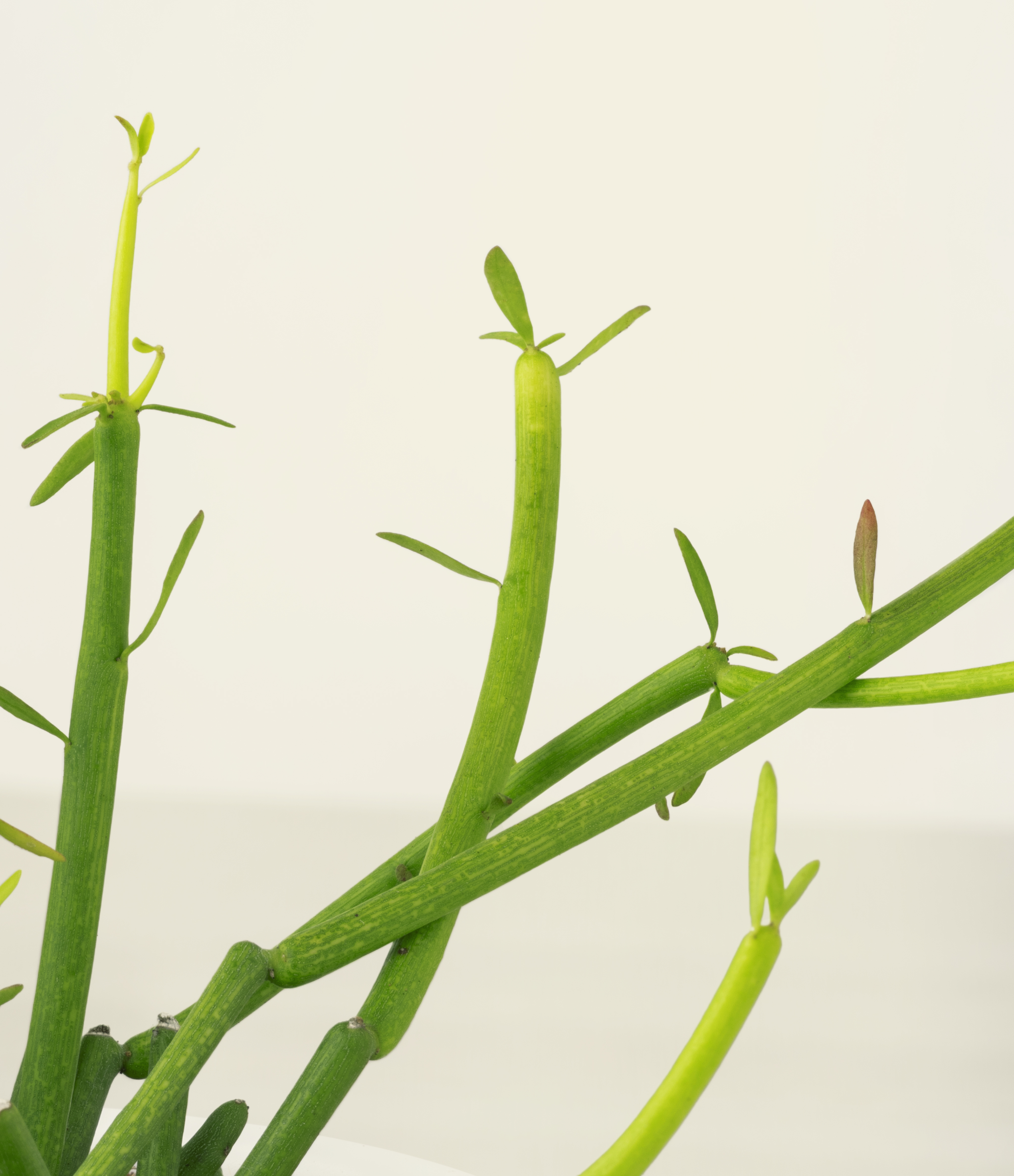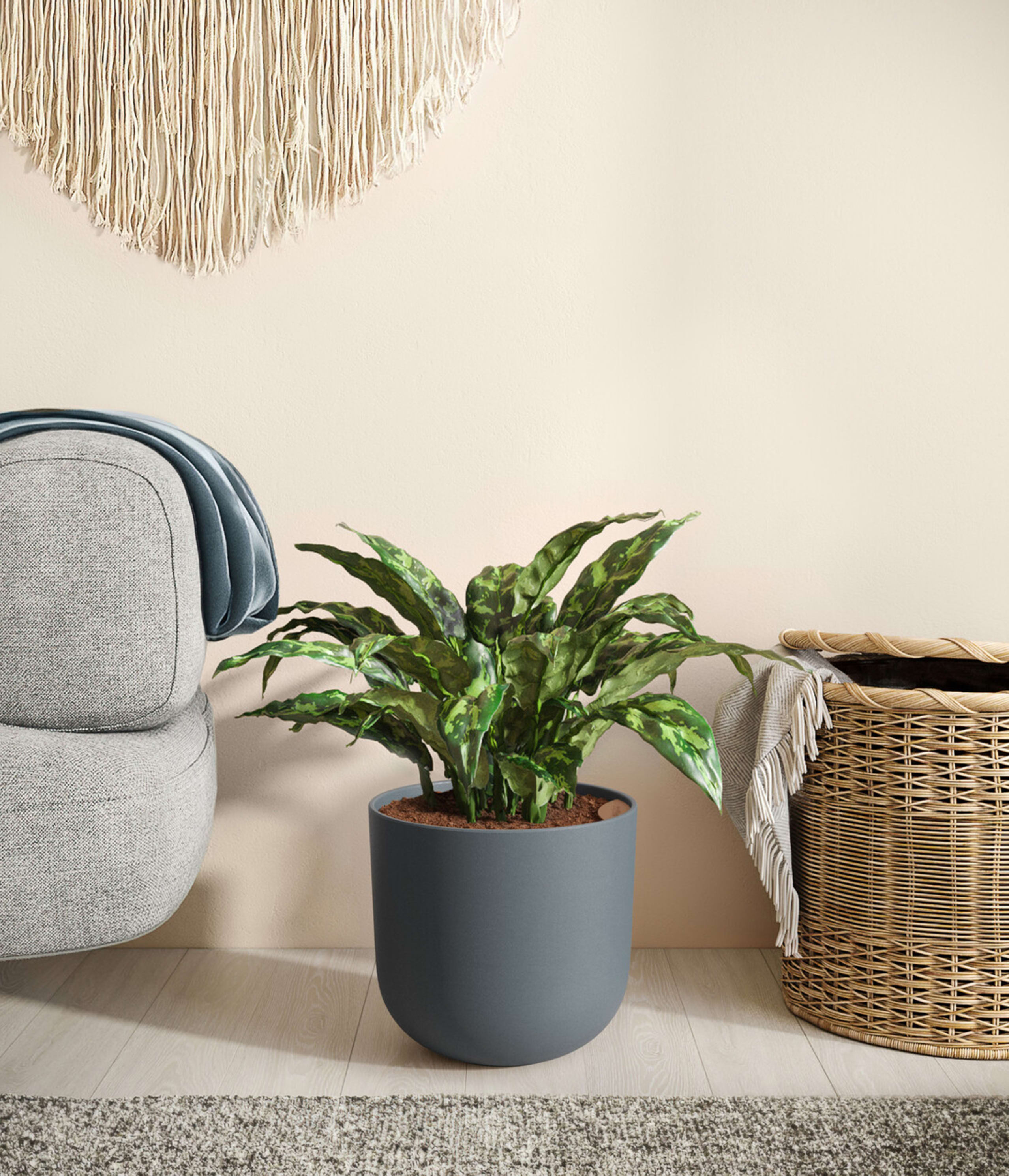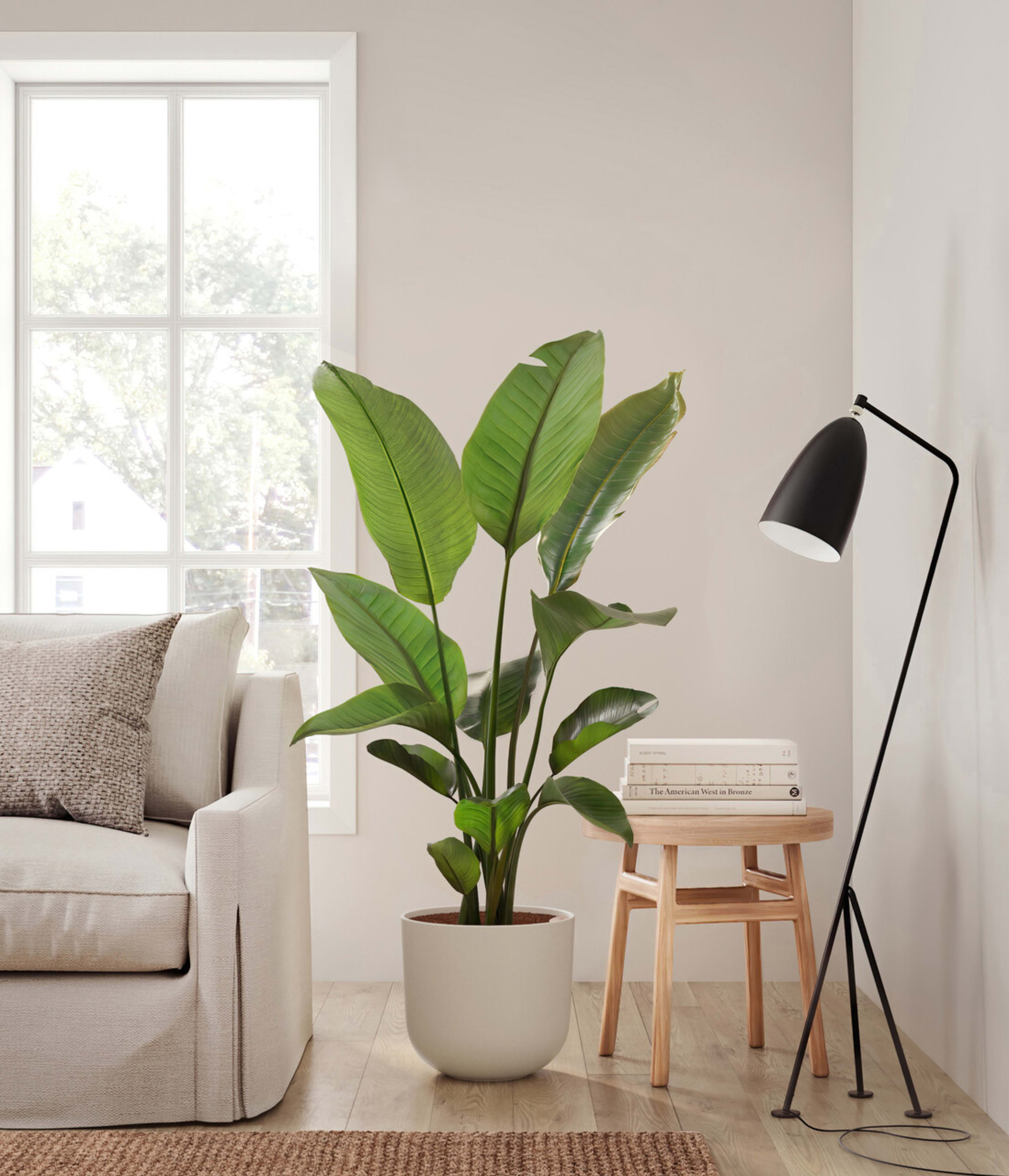How to Care for Pencil Cactus
About Pencil Cactus
Native to semi-arid regions of Africa and India, the Pencil Cactus (Euphorbia tirucalli) is a distinctive succulent shrub known for its slender, pencil-like green stems that give it its common name. Unlike most cacti, it belongs to the Euphorbia family and produces a milky white sap. Its sculptural form and minimal foliage make it a bold, modern accent for homes and offices. Thanks to its hardy nature and drought tolerance, it’s well-suited for plant lovers who prefer low-maintenance greenery.
Other common names
- Indian Tree Spurge
- Firesticks
- Red Pencil Tree
- Sticks of Fire
- Milk Bush
- Rubber Euphorbia
- Aveloz
- African Milkbush
- Pencil Tree
- Finger Tree
- Petroleum Plant
How Often Should I Water My Pencil Cactus?
The Pencil Cactus has extremely low water needs, making it one of the easiest plants to care for. With easyplant, simply check the reservoir once every three months and refill it when empty - that’s all it takes to keep your plant thriving.
Pencil Cactus Light Needs
Pencil Cactus grows best in a space with bright direct light, where the sunlight streams inside directly, and can also adapt to spaces with bright indirect light, where the sun rays are diffused. Avoid placing it in spaces with low light or spaces without natural sunlight.
A sunny south-facing or west-facing window is ideal, as this provides the consistent, intense light the Pencil Cactus craves. While it can tolerate slightly less light, it will thrive and maintain its upright, vibrant form when given several hours of sun each day.
Pencil Cactus Plant Care
The Pencil Cactus is remarkably low-maintenance, making it an excellent choice for both new and experienced plant owners. Rotate the pot by a quarter turn every month or so to encourage even growth and prevent it leaning towards the light. Pruning is rarely necessary, but if you’d like to control its shape or size, trim sparingly using clean, sharp scissors. Always handle with care when pruning, as the plant releases a milky sap that can be an irritant to skin and eyes - gloves are recommended. With just occasional attention, this plant will thrive and bring unique, sculptural greenery into your home.
How Big Will My Pencil Cactus Grow?
The Pencil Cactus is a fast grower when given the right conditions. Indoors, it typically reaches between 6 and 10 feet in height, though it can be pruned to maintain a more manageable size. Outdoors in its native environment, this plant can grow into a full tree of up to 30 feet tall. Growth speed indoors depends largely on light exposure - with bright, consistent light, you can expect noticeable new growth each year. Its slender, branching stems add height and structure without taking up much horizontal space, making it an impressive yet space-efficient choice for your home.
Temperature & Humidity
The Pencil Cactus thrives in warm, dry conditions similar to its native habitat. The ideal indoor temperature range is 65–80°F, and it should never be exposed to temperatures below 50°F, as prolonged cold can damage the plant. It adapts well to average household humidity and doesn’t need any extra moisture in the air. In fact, overly humid conditions can encourage rot, so it’s best to keep this plant in a drier environment. Avoid placing it near air-conditioning vents or cold drafts, which can cause stress.
Is Pencil Cactus Toxic for Pets & Kids?
Yes - the Pencil Cactus is highly toxic to both pets and humans. It contains a white, milky latex sap that can cause serious irritation. If touched, the sap may lead to skin inflammation or eye discomfort, and if ingested, it can result in nausea, vomiting, and more severe digestive issues. This sap is especially dangerous for pets like cats and dogs, who may chew on the plant or get the sap on their fur and then groom themselves.
Because of its toxicity, it’s important to keep the Pencil Cactus out of reach of children and animals, and to always wear gloves when pruning or repotting. If any sap comes into contact with skin or eyes, rinse thoroughly with water and seek medical attention if needed.
Troubleshooting Common Problems with Pencil Cactus
Most Pencil Cactus issues trace back to watering or light. If stems look soft, mushy, or dark at the base, that’s almost always overwatering - let the mix dry out completely, empty any standing water, and hold off before the next refill (with easyplant, it's much easier - only refill the reservoir once every three months).
Pale, stretched, or floppy growth signals not enough light; move it to a brighter spot with several hours of sun. Sudden bleached patches or crisp tips usually mean it went from low light to intense sun too quickly - ease it into brighter exposure over a week.
Wrinkled, shriveling stems indicate it’s gone too dry for too long; give a thorough drink, then let excess water drain. Cold drafts can cause stress and stall growth, so keep it away from AC vents and winter chills.
Watch for pests - mealybugs (cottony tufts), scale (sticky residue or bumps), and spider mites (fine webbing). If you notice them, wipe affected areas with isopropyl alcohol, then follow up with insecticidal soap or neem oil, repeating weekly until clear.
If you prune or accidentally nick a stem, it will ooze a milky latex sap that can irritate skin and eyes; wear gloves, avoid contact, and allow cuts to callus before the next watering.
Frequently Asked Questions about Pencil Cactus Plant
- How often should I refill the self-watering planter for my succulent?
Only once every 3 months! Our self-watering system ensures your succulent gets the exact amount of water it needs.
- Why don't easyplant pots have drainage holes?
Our innovative self-watering design maintains optimal soil moisture without drainage holes, ensuring healthy roots and a clean, mess-free experience.
- What makes easyplant succulents different from regular succulents?
easyplant succulents are specially chosen for indoor success, come pre-potted in optimal soil, and utilize our self-watering technology to prevent common issues like overwatering and root rot.
- Does a Pencil Cactus need direct sunlight?
Pencil Cactus performs best with several hours of bright, direct sun daily. A sunny south- or west-facing window is ideal.
- How often should I water a Pencil Cactus?
With easyplant, refill the reservoir about once every three months. If watering by hand, let the soil dry out completely and water sparingly - every few weeks in spring/summer, even less in winter.
- Can I prune my Pencil Cactus?
Yes - light pruning keeps the shape tidy. Always wear gloves and avoid sap contact.

 Small Plants
Small Plants Medium Plants
Medium Plants Plants Collections
Plants Collections Large Plants
Large Plants Huge Plants
Huge Plants